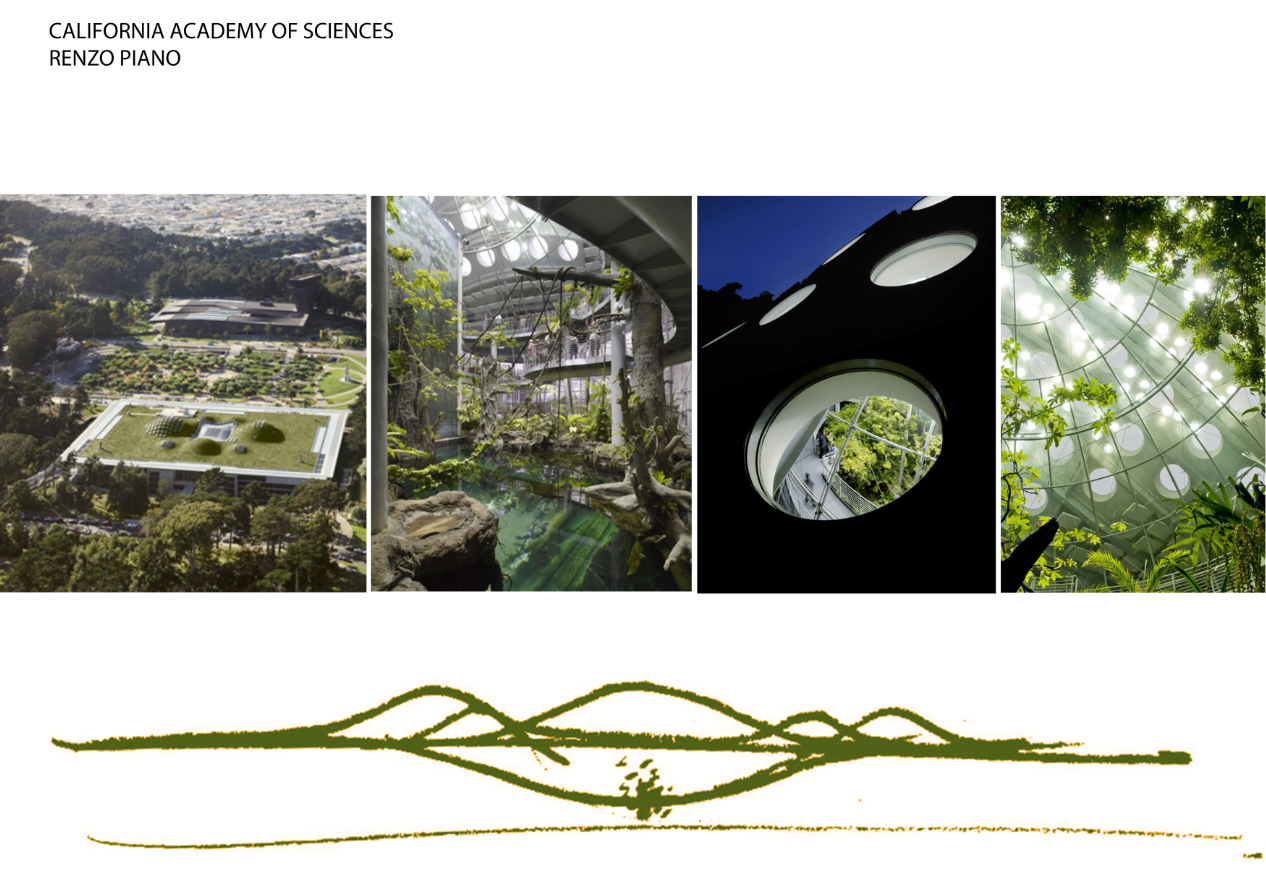Our presentation explores the Metaphorical and Atmospherical Relational Logics through an interactive and metaphorical skit.
Using an abstract form-able material, we will describe material energies and their potential to take shape according to the climatic forces. We intend to toss this “material energy” into the hands of audience members who then act as the changing environments that transform the material energy.
In the background, a visual will solidify the metaphor of how material energies can inform architecture rather than just exist within it. [Source: https://www.youtube.com/watch?v=i-BxCtVeQxQ]
As described by Sean Lally’s text, The Shape of Energy, material energies are electromagnetics, thermodynamics, acoustic waves, and chemical interactions. These become building materials that begin to inform the shapes that architecture can take, similar to the way solid-state building materials, like walls, define spatial organizations. In order for architecture to be able/willing to use the physical properties of these energies, it’s geographic edge conditions or shape and value must be recognized, once technological devices harness and release it.
The external variables of these energies become the subject: Variations in climatic context represented by each of you interacts with the material energies, and gives it transformative shape that can adapt at any particular moment. Architecture then is in dialogue with its surrounding environment because it consists of the same material properties, reduced or amplified to fit the needs of spatial organization.
There’s something interesting to be noted in the possibility of material energies creating new spatial typologies that could influence social experiences. So we will then move address an architectural case study that applies similar logics.
Renzo Piano’s California Academy of Science can be analyzed in context with these relational logics. The living roof has skylights that automatically open and close to balance heat ventilation between interior and exterior. Its undulating domes are shaped to draw in cool air and house plant life. The interior rainforest metaphorically, atmospherically, and even through disturbed logic, relates to the 1.7 million native plants that blanket the roof and compose a habitat for a variety of wildlife.

